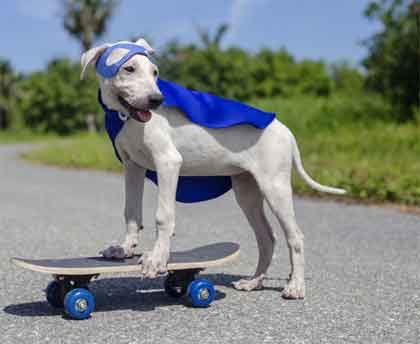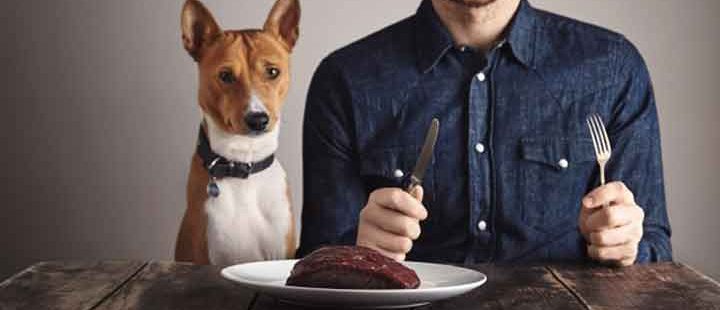The heel command is an obedience exercise used when walking so that the dog walks precisely next to you, matching your pace, and sitting whenever you come to a stop. As a pet owner, you might not really care if your dog walks exactly next to you. If you’re not going to show or agility train your dog, then you might find it rather useless. However, though this command might be used less frequently then the vital “sit” or “down” it’s usefulness may surprise you.
In crowded conditions, you may wish your dog would walk politely by you without pulling or impatiently maneuvering around people with you in tow, having to make excuses for his behavior. Worse yet is the day that the leash accidentally breaks or is lost and you need to control your dog until you can get him home or into the car. “Heel” may prove useful to you in circumstances like these, but your needs to be old enough to practice self control.

The necessary first step is that your dog can walk on a leash without pulling. For this reason, and longer attention spans, it’s easier to wait until your puppy’s a bit older. Unlike walking on a leash without pulling, the “heel” demands that the dog stay in the very small window of around your leg without any deviation to sniff other dogs, hydrants, or stray in any way. You may think the occasional bathroom break is just fine, just so long as you can get your dog back into the “heel” position when asked.
The basis of heeling or any other training for that matter is finding a reward your dog responds to. Usually food is fine; just make sure your dog will do the necessary steps in order to get that reward. Begin with your dog on your left side, on a leash. Have him sit nicely beside you, holding the leash in your right hand, and pick up any slack using your left. Using a small enticing treat, bring it to his nose just out of reach and say happily “heel!” Walk about 10 spaces, slow to a stop, and pull up on the leash, putting your dog in a sitting position. Reward him with the treat, find more info.
With enough practice on your walks your dog should be able to walk nicely beside you without the treat or you having to pick up too much of the slack. He may get so good as to walk off leash, but beware your areas’ leash laws and his own ability. Never practice with your dog off leash unless you are in a distraction-free zone like your house or backyard.
- How to Create Super Secure Passwords Using a Free Online Generator? - February 10, 2025
- What Is Gas Boiler Servicing and Why Is It Essential for Your Home? - February 9, 2025
- When to Choose Free AI Tools for Your Innovation Projects? - February 5, 2025

